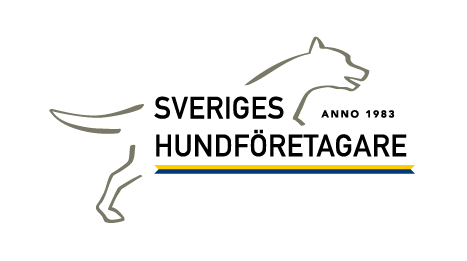-
Notifications
You must be signed in to change notification settings - Fork 37
Business rules for managing membership status and membership fee payment
- Background
- User has submitted one (or more) membership applications.
- Business Rules
- User can pay membership fee only if an application status == accepted.
- When User pays membership fee:
- User is automatically (done by app, not Admin) set to Member status
- Expiration date for new membership (set automatically):
- Until the end of 2017:
- expire_date = end of 2018
- Starting on January 1, 2018:
- expire_date = current_date + one year - 1 day
- Until the end of 2017:
- Background
- Current membership is nearing end of expire_date
- Business Rules
- Member can renew membership at any time (by clicking appropriate button)
- Membership status is shown to Member with different styling, based upon time remaining to expire_date (for example: green by default, yellow is within one month, red if current_date is on or after expire_date)
- If membership expires, Member status is not automatically set to non-member status
- Expiration date for renewed membership (set automatically upon renewal):
- Until the end of 2017:
- expire_date = end of 2018
- Starting on January 1, 2018:
- new expire_date = old expire_date + one year
- Until the end of 2017:
- Business Rules:
- Admin can change these Member attributes at any time:
- expire_date
- member status
This allows the admin much flexibility, such as:
- Allow a member whose expire_date has passed some additional time to pay membership fee
- In the above scenario, if the member is one month late in renewing membership, the new membership period is back-dated to begin one month in the past, and thus has only 11 months remaining. If the admin wanted, they could override this and set the expire_date to be a year after the date of renewal.
- Mark as member, and (Re)set expire_date, for a member who chooses to pay offline
- Admin can change these Member attributes at any time:
This represent a user payment for either a membership_fee or a branding_fee. This belongs_to a user (who paid the fee, and, optionally, a company (for which a branding_fee was paid).
Payment status will follow the associated HIPS order status, with status generally progressing from created > pending > paid.
A payment also has attributes start_date and expire_date, which delimit the duration of the membership (or branding) period for the payment.
Payment history will be maintained (that is, records are added, not overwritten).
Added association has_many :payments.
In the migration file that adds start_date and expire_date to the payments table, all current members will have a Payment instance added to the DB, with start_date == Jan 1, 2017, and expire_date == Dec 31, 2017. This reflects how SHF has been tracking memberships as concurrent with the calendar year.
So, the migration process in production consists of:
-
Run the DB migrations. All current members have a current, non-expired membership.
-
For new members (who joined on or after October 1, 2017), the SHF admin can reset the payment
expire_dateto Dec 31, 2018. (this can be done from the usershowview when logged in as admin)
